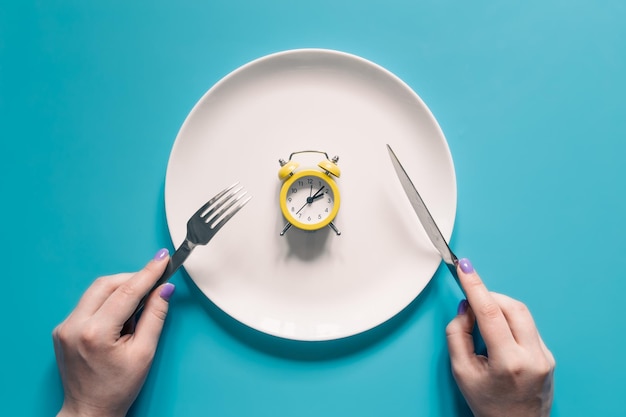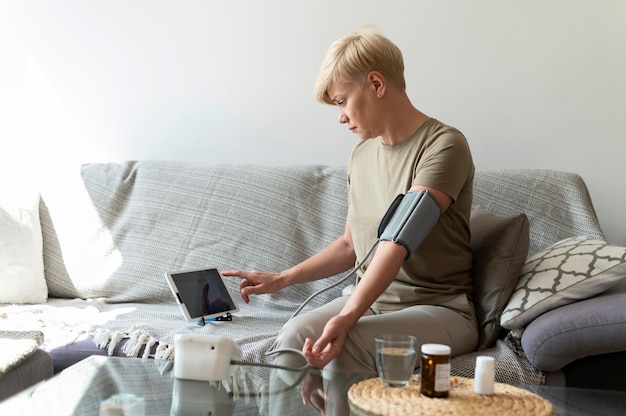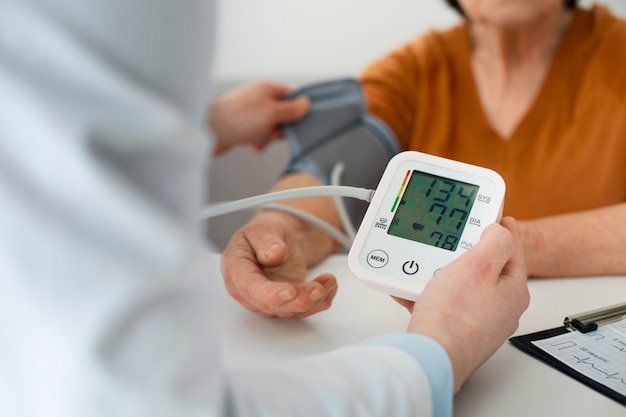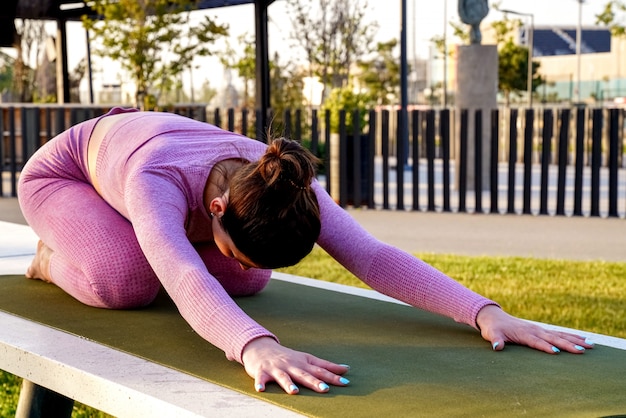High blood pressure, or hypertension, affects millions worldwide—and it often develops silently, increasing the risk of heart disease, stroke, and kidney problems. The good news? Lifestyle changes can significantly reduce blood pressure and improve overall well-being. You don’t need expensive equipment or hours of free time. These 25 science-backed wellness tips are designed for real-life schedules, require minimal gear, and are tailored for people managing hypertension.
Just 5 minutes of slow, deep breathing in the morning can activate your parasympathetic nervous system, lowering blood pressure. Sit quietly, inhale for 4 seconds, hold for 2, exhale for 6. Repeat. 
Chronic sleep deprivation is linked to elevated blood pressure. Aim for consistent sleep and wake times—even on weekends. Use blackout curtains or a sleep mask if needed.
Sitting for long periods raises blood pressure. Every hour, stand up and walk for 2–3 minutes. Do calf raises or shoulder rolls at your desk. 
The Dietary Approaches to Stop Hypertension (DASH) diet emphasizes fruits, vegetables, whole grains, and low-fat dairy. Reduce red meat, sweets, and saturated fats. Even small shifts—like swapping soda for sparkling water—help.
Aim for less than 1,500–2,300 mg of sodium daily. Use herbs, spices, lemon juice, or vinegar instead of salt. Read labels—processed foods are major sodium sources.
Dehydration can cause blood pressure to fluctuate. Carry a reusable water bottle and sip throughout the day. Avoid sugary drinks and excessive caffeine.
Aim for 30 minutes of brisk walking most days. Break it into three 10-minute walks if needed. Walking after meals helps control blood sugar and blood pressure.
Climbing stairs is a simple, effective way to improve cardiovascular fitness. It requires no gear and fits into most workdays.
Writing down three things you’re grateful for each day reduces stress and improves emotional well-being—both linked to lower blood pressure.
More than one drink per day for women or two for men can raise blood pressure. Choose non-alcoholic alternatives like herbal tea or mocktails.
Constant screen exposure increases stress. Set boundaries—no screens 30 minutes before bed, and take short digital breaks during the day.
Potassium helps balance sodium in cells. Include bananas, sweet potatoes, spinach, and avocados in your meals.
Tense and relax each muscle group for 5 seconds, starting from your toes to your head. This technique reduces physical tension and lowers blood pressure. 
Slow down during meals. Chew thoroughly, avoid multitasking, and pay attention to hunger cues. This supports digestion and prevents overeating.
Standing burns more calories and improves circulation. If you don’t have a standing desk, use a high table or counter for short intervals.
Regular monitoring helps track progress and identify patterns. Use a validated upper-arm monitor and log readings consistently.
These are often high in sodium, unhealthy fats, and sugar. Opt for whole, home-prepared meals when possible.
Laughter reduces stress hormones and improves blood vessel function. Watch a funny video, call a friend who makes you laugh, or keep humor in your daily routine.
Spending time in green spaces lowers cortisol and blood pressure. Walk in a park, sit under a tree, or tend to houseplants.
Reduce work-related stress by scheduling focused work blocks and breaks. This improves productivity and prevents burnout.
Fatty fish, flaxseeds, and walnuts contain omega-3s, which support heart health and reduce inflammation.
Slow-tempo music (60–80 BPM) can lower heart rate and blood pressure. Create a calming playlist for evenings or commutes.
Social support reduces stress and improves long-term health outcomes. Schedule regular check-ins with family or friends.
Control what you can—your habits—and let go of what you can’t. This mindset reduces chronic stress, a key contributor to hypertension.
Each healthy choice counts. Acknowledge your progress—whether it’s choosing a salad over fries or hitting your step goal. Positive reinforcement builds lasting habits.
Managing hypertension doesn’t require drastic overhauls. Small, consistent changes that fit into your daily life are more sustainable and effective. Combine these tips with regular medical check-ups and prescribed treatments for optimal results.

Health

Health

Health

Health

Wellness

Wellness

Wellness

Wellness

Health

Health

Health

Fitness

Health

Fitness

Health

Health